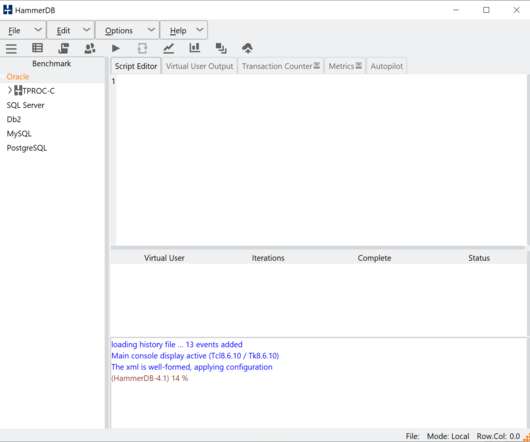What programming languages does HammerDB use and why does it matter?
HammerDB
FEBRUARY 25, 2021
HammerDB is a load testing and benchmarking application for relational databases. All the databases that HammerDB tests implement a form of MVCC (multi-version concurrency control). On high-performance multi-core systems all the supported databases can return performance in the many millions of transactions per minute.


















Let's personalize your content